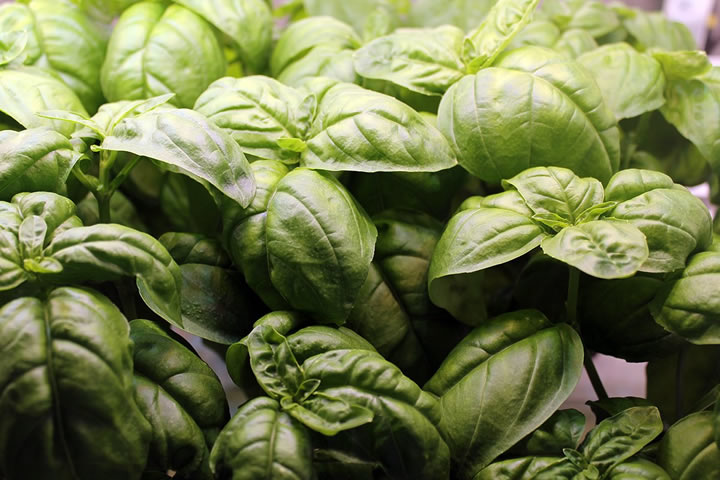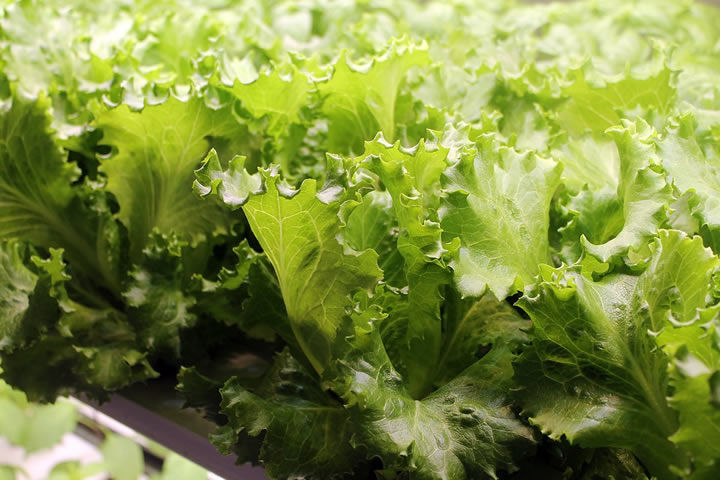In this blog, we’ll analyze the environment for agricultural cooperatives today, and examine how investments in agricultural technologies like hydroponics can help these organizations meet the evolving challenges of global markets.
Is Indoor Hydroponics a Good Solution for Agricultural Cooperatives?
Article from | Pure Greens Container Farms
Agricultural cooperatives have been a key influence in the history of agriculture, assisting in the socio-economic development of rural communities and empowering farmers with access to educational materials and a broader marketplace to sell their goods.
However, they face increasing challenges that may impact the future growth of their organizations, from trade wars to labor shortages, changing climate conditions and more.
In this blog, we’ll analyze the environment for agricultural cooperatives today, and examine how investments in agricultural technologies like hydroponics can help these organizations meet the evolving challenges of global markets.
The Strengths of Agricultural Cooperatives
An agriculture cooperative’s main objective is to benefit its members. It can accomplish this through negotiating higher prices for farm owners’ produce, allowing farms to earn more than if they negotiated with buyers as a single entity.
Additionally, they benefit from economies of scale, reducing processing and delivery costs by pooling resources together into larger deals.
3 Problems facing Agricultural Cooperatives
Agricultural cooperatives face a number of challenges, both internally and from the wider agriculture market. Here’s some key problems to note:
1. Labor Shortages
As covered in a previous blog, labor shortages present a significant challenge to all farms, but agricultural cooperatives may be uniquely affected by these shortages.
Some of the largest agricultural cooperatives are located in the American midwest, which makes it more challenging to bring in H-2A temporary workers. According to the U.S. Department of Agriculture, filing and visa fees alone average $1,000 per worker. In addition to these fees, employers must pay for temporary workers’ transportation and housing.
While temporary workers may help cooperatives in the short term, it’s not a perfect solution. These workers don’t benefit from the agricultural cooperative’s profit-sharing agreements, as they aren’t owners.
H-2A workers may feel less invested in the cooperative’s success if they don’t benefit directly from its profits, resulting in lower morale and productivity, and potentially leading to resentment and internal conflict.
2. Agriculture Trade Conflict
Agriculture is a global industry, with farmers selling their harvests on an international marketplace. When trade wars begin, the profits of agricultural cooperatives can be shattered by increased tariffs in foreign markets.
This can result in cooperatives reducing their production, as expected future profits are subjected to more risk. These trade wars are outside of the control of the cooperative, meaning that they may pay the price for government actions against other countries.
3. Building Resilience to Weather and Climate Condition Changes
Like all types of farming, agricultural cooperatives are subject to the conditions of the climate they’re growing in. They also must deal with the occasional crop loss event, due to weather, pest infestations or other factors.
If challenging weather conditions result in crop loss, the split profit of the cooperative can be cut, even for farmers that did not experience crop loss. This can create conflict within the cooperative, as farmers that had no problems during their growing season may have to accept a lower payment than was expected.

Weather events can impact the viability of farms. By partnering with an agricultural cooperative, or by growing a portion of crops with indoor climate controlled hydroponics, farmers can protect themselves against such losses.
How Hydroponics May Alleviate These Issues
With the previous challenges in mind, can the unique structure of cooperative farms help farmers test the waters with hydroponic farming?
Hydroponic cultivation grows crops without soil, often indoors. Crops develop in a nutrient-rich solution, and indoor cultivation allows growers to create a precise controlled environment. These provide growers an unmatched ability to meet their plants’ needs, resulting in greater crop production compared to traditional agriculture.
Additionally, indoor hydroponic farms grow crops in a climate-controlled space. This empowers growers to continue production, regardless of outside climate conditions, giving agricultural cooperatives more resilience against changing weather conditions and crop loss.

Hydroponic farms allow farmers working in an agricultural cooperative to grow crops that aren’t native to the areas they serve, providing the entire cooperative with increased crop diversification.
Can Cooperative Farms Help Farmers Invest in Hydroponics?
The largest challenge of hydroponic growing is meeting the initial investment requirement. Cooperatives can help farmers finance start-up costs, utilizing the consistent production of hydroponic growing to offset seasonal difficulties and develop a more stable and reliable income for all farms, hydroponic or not.
In addition to this, hydroponic farms are more secure than outdoor cultivation. Because of the nature of indoor crop cultivation, hydroponic farms have less risk of pest infestations, and can grow crops without regard to the outside climate. This can create a diversification effect for farmer cooperatives, as hydroponic growers can grow non-native crops, protecting the cooperative against damaging crop-specific sanctions or market downturns.
By using the pooled resources of an agricultural cooperative, farmers can experiment with technologies that will be crucial to the future of agriculture, without worrying about making the initial investment back in a short period of time.
In the long run, hydroponics can make agricultural cooperatives more competitive, increasing the variety of crops they can sell, and decreasing risks associated with crop loss.

While pests can devastate entire areas that an agricultural cooperative covers, hydroponics can reliably produce crops in a pest free environment, without the need for chemical pesticides.
Summary
In conclusion, the future of agricultural cooperatives hinges on their ability to adapt and innovate.
By leveraging their strengths in resource sharing, cooperatives can explore solutions like hydroponics to navigate challenges like labor shortages, trade conflicts, and climate uncertainty.
Investing in sustainable and controlled-environment agriculture can not only improve yields and profitability, but also empower cooperatives to carve out a more resilient position in the ever-evolving global food market.
Interested in learning more about how hydroponic farms can assist your agricultural cooperative? Pure Greens provides turnkey controlled environment farms that are housed inside insulated shipping containers. We can provide you with a quote, and answer questions that apply to your cooperative’s specific needs. Contact us today for more information.
Originally Published on the Pure Greens blog.
The content & opinions in this article are the author’s and do not necessarily represent the views of AgriTechTomorrow
Comments (0)
This post does not have any comments. Be the first to leave a comment below.
Featured Product

